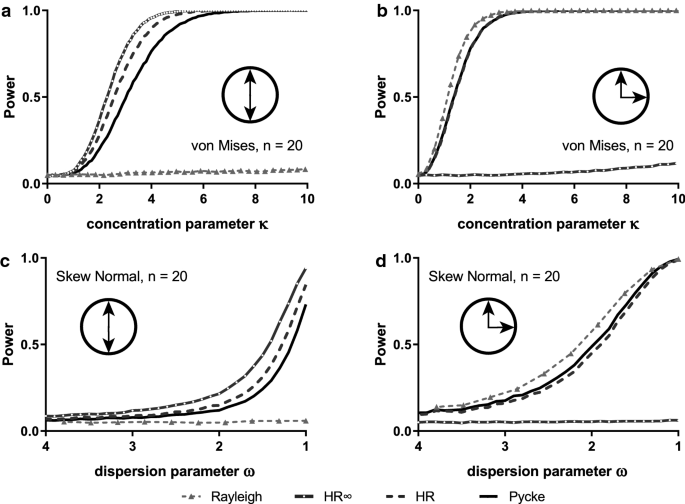
Further, we contrast this approach with the use of Empirical Mode Decomposition (EMD) to achieve similar goals. In this paper, we discuss the underlying assumptions required for performing PS analyses and emphasize the importance of band-pass filtering the data to obtain valid results.

In particular, IPS has recently gained popularity as it offers single time-point resolution of time-resolved fMRI connectivity. There are several ways to perform such analyses, and we compare methods that utilize a PS metric together with a sliding window, referred to here as windowed phase synchronization (WPS), with those that directly measure the instantaneous phase synchronization (IPS). One way to assess the relationship between signals from different brain regions is to measure their phase synchronization (PS) across time. In recent years there has been growing interest in measuring time-varying functional connectivity between different brain regions using resting-state functional magnetic resonance imaging (rs-fMRI) data.

CIRCULAR STATISTICS IN BIOLOGY R FULL
In the end we apply a full statistical analysis on some real circular data and we present the results.
CIRCULAR STATISTICS IN BIOLOGY R CODE
After the presentation of the main circular distributions and the steps of the statistical analysis we apply the theoretical approach to some circular data using the statistical package R, analyzing the code that we used. We present the inherent difficulties of the appropriate analysis and the alternations that are required in order to derive the right conclusions. At this final year project we make an effort to describe the main properties and differences of circular data comparing to linear case. As a result of the special form of circular data we cannot perform the same statistical analysis we apply to linear data, despite the fact that the steps are practically identical, such us estimate of parameters, creation of confidence intervals, test of cases, and fitting regression models among circular variables. Due to that, the relevant bibliography and detailed analysis is very rare and usually referring only to specific cases. Observation of such kind of data and the need for appropriate statistical analysis is increasing simultaneously with the expansion of applied science. 2013.The term «circular data» is used in the area of Statistics to describe either directional or axial data. Statistical analysis of circular data.įor R support, see Pewsey, A., M. For density estimation, see more readilyįisher, N.I. Upper Saddle River, New Jersey: Pearson Prentice Hall.ĭespite its supposed updating, the text by Zar encapsulates a very old-fashioned style of statistics. Smoothing to get an estimate of the density function on the circle is often especially helpful.Ī logit model of (alive, dead) as a response might be related to sine and cosine as predictors.Īccounts of circular statistics aimed at biologists includeīatschelet, E. The vector mean can be supplemented by a measure of variability most commonly known as the mean resultant length, although several less commonly used names such as consistency are more evocative.

With daily dates I tend to use a day of year variable $\text (\sum s / \sum c)$, converted back to a notional date.

The dates of death could be converted to angles on the circle and their vector mean calculated as a summary resultant. Key here is that time of year is a circular scale.


 0 kommentar(er)
0 kommentar(er)
